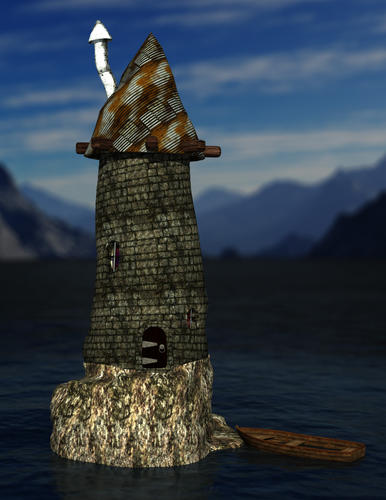

Professor ENRIQUES, his intimate friend, from whom I heard of BONOLA’S death, has kindly consented to write a short introduction to the present volume. With him the Italian School of Mathematics has lost one of its most devoted workers on the Principles of Geometry. As the book is passing through the press I have received the sad news of the death of Professor BONOLA. It only remains for me to thank Professor GIBSON of Glasgow for some valuable suggestions, to acknowledge the interest, which both the author and Professor LIEBMANN have taken in the progress of the translation, and to express my satisfaction that it finds a place in the same collection as HILBERT’S classical Grundlagen der Geometrie.

This method offers fewer difficulties than the others, and the discussion also establishes some of the striking theorems of the hyperbolic Geometry. I have also added another Appendix, containing an elementary proof of the impossibility of proving the Parallel Postulate, based upon the properties of a system of circles orthogonal to a fixed circle. Those for which I am responsible have been placed within square brackets. A reference to THIBAUT’S ‘proof', and some additional footnotes have been inserted. In dealing with GAUSS’S contribution to Non-Euclidean Geometry I have made some changes in the original on the authority of the most recent discoveries among GAUSS’S papers. Considerable new material has also been placed in my hands by Professor BONOLA, including a slightly altered discussion of part of SACCHERI’S work, an Appendix on the Independence of Projective Geometry from the Parallel Postulate, and some further Non-Euclidean Parallel Constructions. ² For permission to do so I desire to express my sincere thanks to the firm of B. In the English translation, which Professor Bonola kindly permitted me to undertake, I have introduced some changes made in the German translation. These questions, and others associated with them, are treated in an elementary way in the pages of this book.

Recent changes in the teaching of Elementary Geometry in England and America have made it more then ever necessary that those who are engaged in the training of the teachers should be able to tell them something of the growth of that science of the hypothesis on which it is built more especially of that hypotheses on which rests Euclid’s theory of parallels of the long discussion to which that theory was subjected and of the final discovery of the logical possibility of the different Non-Euclidean Geometries. Based upon his article in Enriques' collection of Monographs on Questions of Elementary Geometry ¹, in its final form it still retains its elementary character, and only in the last chapter is a knowledge of more advanced mathematics required. Read moreīONOLA’S Non-Euclidean Geometry is an elementary historical and critical study of the development of that subject. "Classic on the subject." - Scientific American. "Firmly recommended to any scientific reader with some mathematical inclination" - Journal of the Royal Naval Scientific Service. The complete text of two of the founding monographs is appended to Bonola's study: "The Science of Absolute Space" by John Bolyai and "Geometrical Researches on the Theory of Parallels" by Nicholas Lobachevski. In a discussion of later developments, the author treats the work of Riemann, Helmholtz and Lie the impossibility of proving Euclid's postulate, and similar topics. Then, ranging through the 17th, 18th and 19th centuries, it considers the forerunners and founders of non-Euclidean geometry, such as Saccheri, Lambert, Legendre, W. Non-Euclidean Geometry first examines the various attempts to prove Euclid's parallel postulate-by the Greeks, Arabs, and mathematicians of the Renaissance. Students, teachers and mathematicians will find here a ready reference source and guide to a field that has now become overwhelmingly important. This is an excellent historical and mathematical view by a renowned Italian geometer of the geometries that have risen from a rejection of Euclid's parallel postulate.


 0 kommentar(er)
0 kommentar(er)
